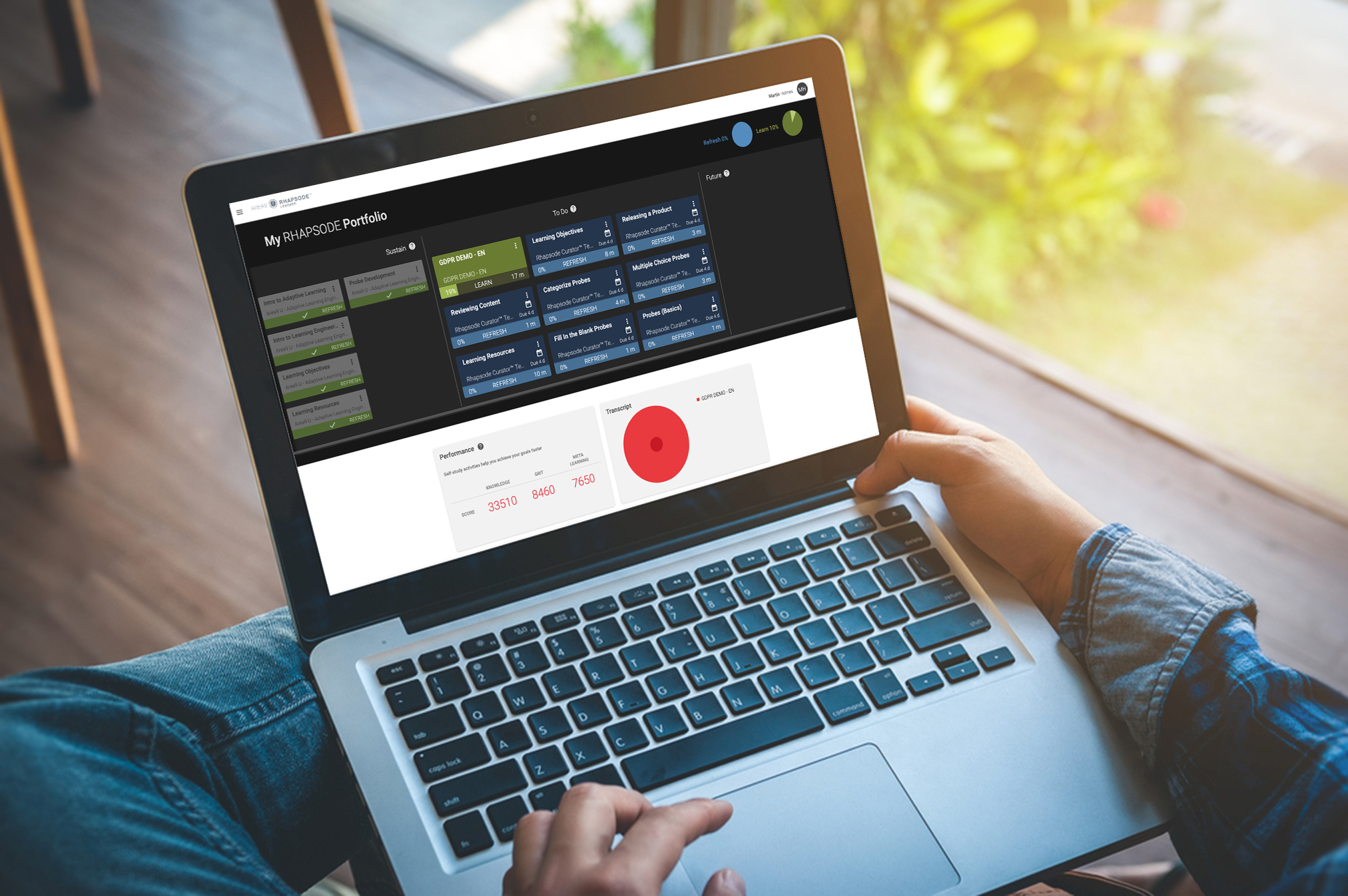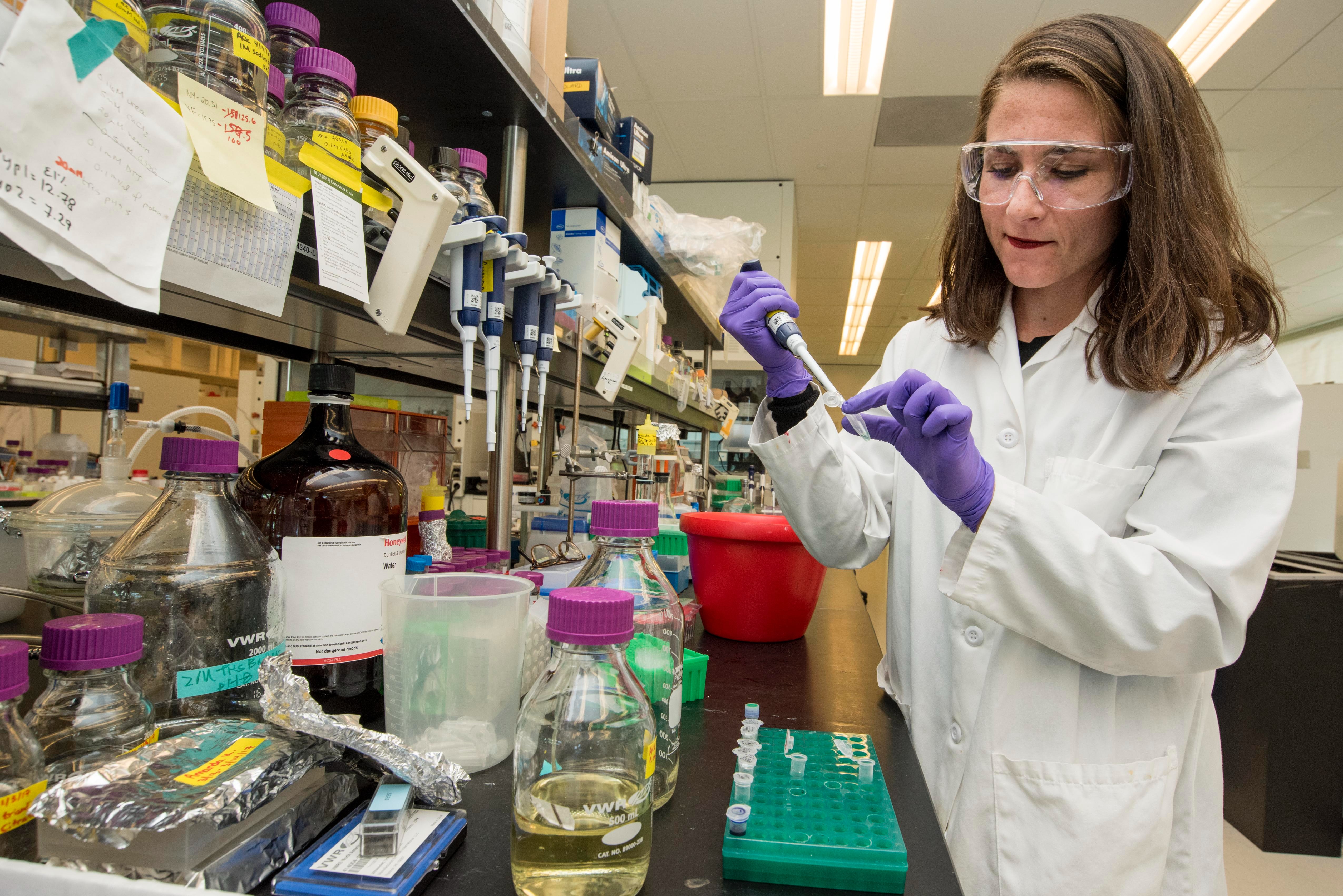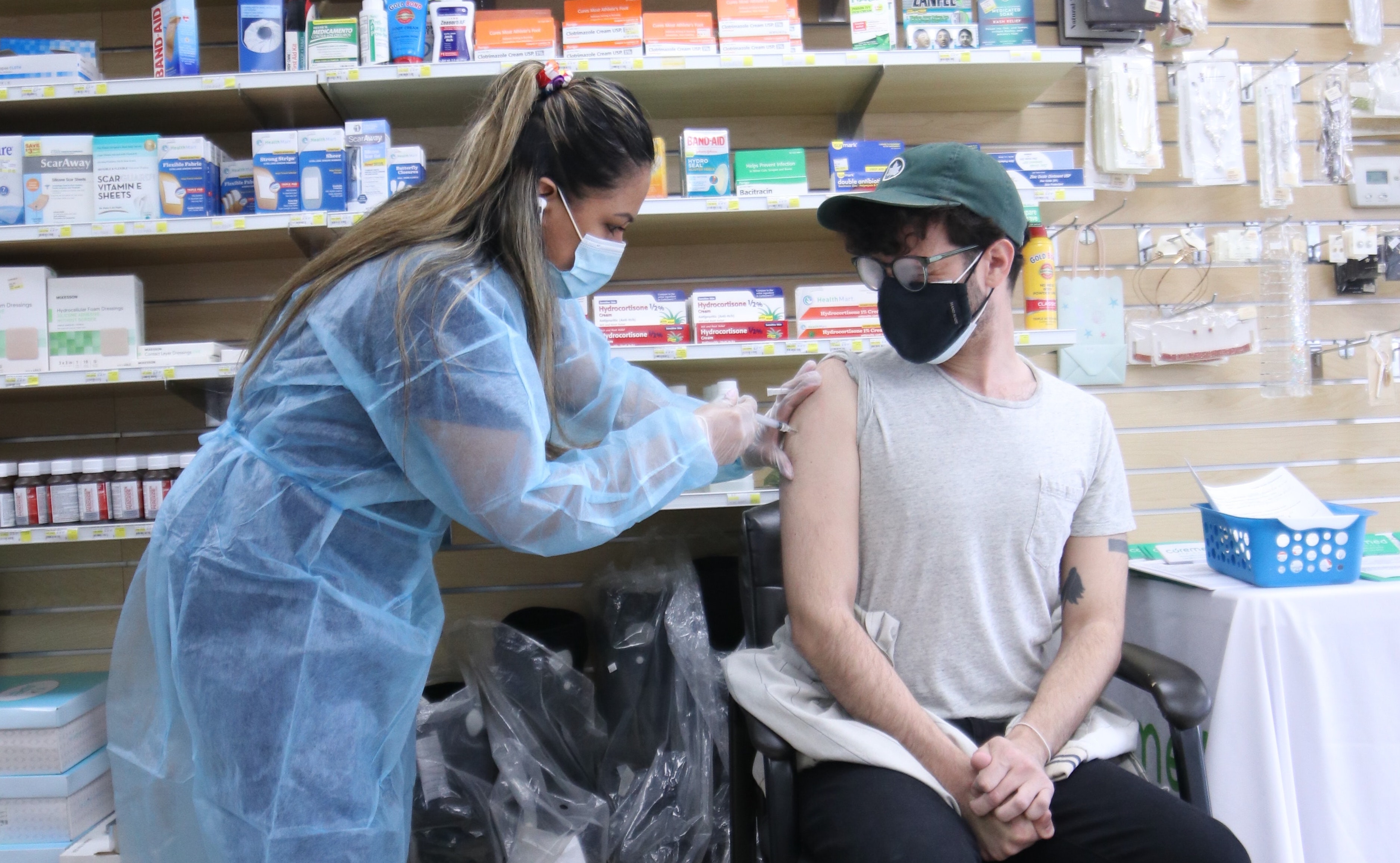The traditional assumption that completing a course generates knowledge and skills that are retained long-term and can be built upon is flawed. The majority of what is studied never makes the transition to long-term memory. Building and maintaining proficiency over time requires “refreshing” by revisiting the material in targeted ways.
Knowledge is defined as what people know and understand, and it accounts for the majority of time and effort in learning at all levels. The traditional approach assumes that when people take a class or receive training, they build on previous knowledge to develop greater understanding and expertise.
But as discussed in the prior blog Pt 1.“Refresh” As an Adaptive Learning Strategy: Gauging What Learners Learn—and How Much They Forget, research into memory formation such as Ebbinghaus’ forgetting curve shows the danger of this assumption. Ebbinghaus found that people forget as much as 70 percent of newly learned material in the first 24 hours and up to 90 percent in the first two weeks. Ignoring the forgetting curve allows a fallacy to take root: that someone completing a class yesterday, last week, or even a month ago will remember everything that was taught. Research proves otherwise.
This is a sobering reality for organizations and their learning and development (L&D) departments that seek to impart knowledge and skills quickly and to as many people as possible. What’s needed is a way to reinforce (what we call “refresh”) what’s been learned by systematically and periodically revisiting the material. With that goal in mind, the question becomes how to institute and encourage the practice of refreshing.
Refreshing Becomes the Norm
When I was the chief learning officer (CLO) at Hitachi Data Systems, we tried to address the problem by changing what happened in the learning management system (LMS) when a learner completed an adaptive learning course. Adaptive courses were loaded into the LMS as a SCORM object, containing both the initial learning and refresh. When a learner initially reached 100 percent proficiency in the material, the course was not logged in the learning transcript as completed. Instead, it stayed on the learner’s active learning profile so that he/she could go back in and refresh. Employees found this very confusing. They expected that when they took a course and achieved proficiency the learning requirement would be met, and the course would disappear.
Going against this expectation—as well as the satisfaction of completing something—proved too disruptive. With hindsight we should have expected problems. From our first years in school, we experience taking a course, completing a course, and then moving on to the next one. Somehow, we needed to meet learners’ expectations, yet fight the curse of the forgetting curve.
The solution (in a legacy LMS environment) is to separate the initial learning and refresh learning into separate SCORM courses. The refresh course is assigned as a second course that never completes. Each time employees log into the LMS, in addition to new learning items, they find a refresh course that quickly reinforces what they have studied in the past. We leverage email reminders of what they need to refresh in case their visits to the LMS are too infrequent. This changes the expectation: employees still achieve progress by completing the first course as expected but remain engaged with the material through the refresh course. The refresh course could be specific to one particular subject or aggregate refresh items across everything that has been studied. Moreover, the learner has no expectation that the course will ever end, which avoids the confusion. In parallel, we introduce language around “building and sustaining proficiency” as a learning organization, eliminating the “one-and-done” expectations.
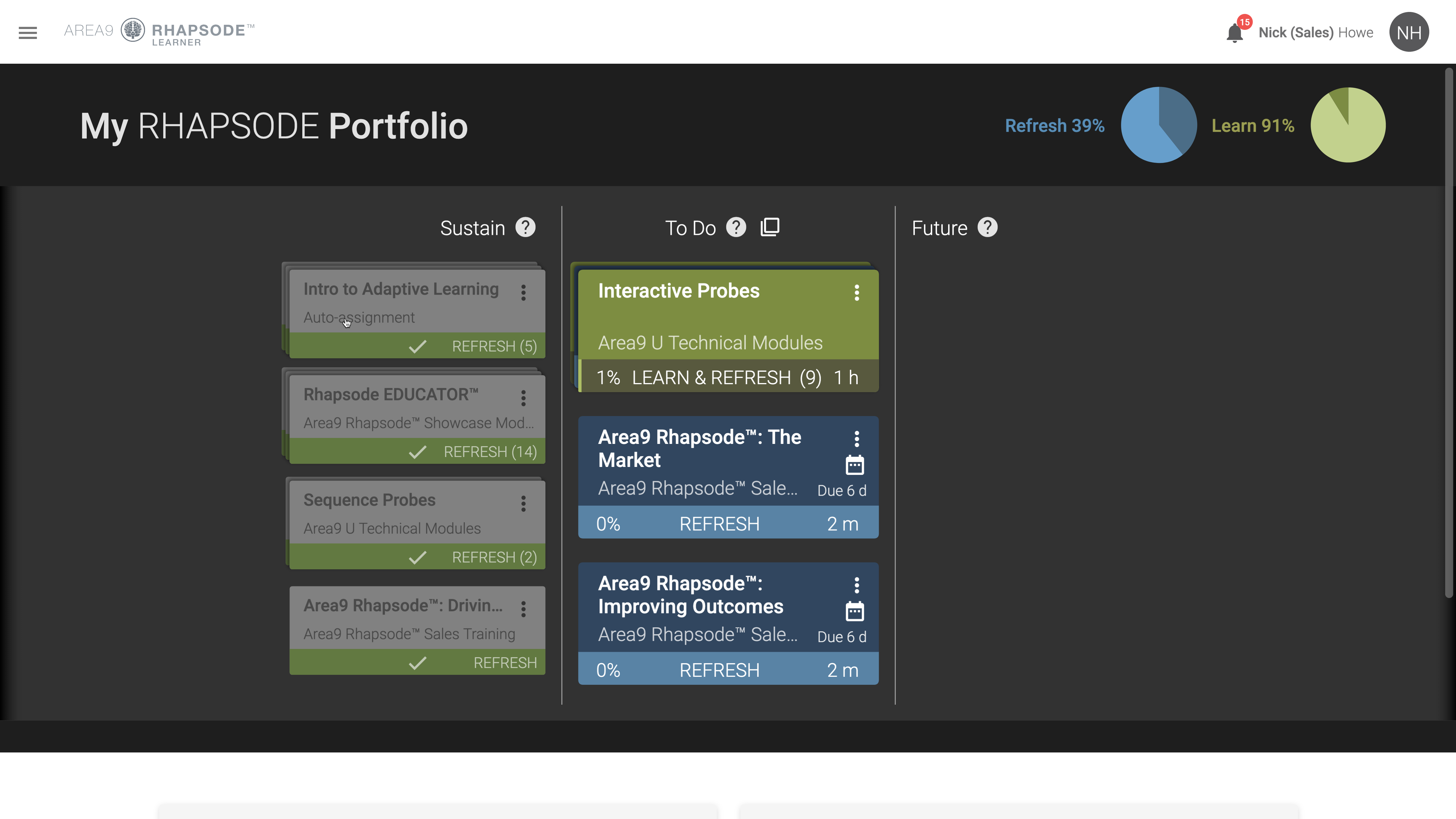
By using Area9 Rhapsode’s LEARNER dashboard (as shown above), this process is streamlined further. The blue refresh tiles are differentiated from the green initial learning tiles. They cue the learner into expecting short (2-5 minute) targeted microlearning nuggets. When the refresh is done the tile disappears, only to reappear when the adaptive engine deems it necessary.
With advanced adaptive learning systems like Area9 Rhapsode™, refresh becomes part of the learning experience. The platform serves up targeted microlearning to continuously “top off” learners’ knowledge and skills, focusing on areas in which they struggled or where they assumed they knew something but in fact did not (what’s known as “unconscious incompetence.”)
The key aspect of refresh in an adaptive learning engine is that it happens automatically. The system adapts to each learner’s needs and experiences, then provides the necessary support to build knowledge and competency through refreshing the material. Whether through a refresh SCORM object in a legacy LMS, or through the Rhapsode LEARNER™ dashboard, refresh is easy for the learner.
Importantly, refresh does not involve taking the same class over again. Repeatedly revisiting material that’s already been mastered is not only inefficient, it also frustrates the learner. As we have found with traditional, nonadaptive learning approaches, when the same material is presented to everyone without regard to what individual learners have mastered or where they struggle, the result is learner fatigue.
Area9 Rhapsode’s refresh avoids excessive repetition by serving up a personalized collection of items culled from recently completed classes. Such personalization is also a counterpoint to blanket microlearning, which simply delivers the same 5-minute “nuggets” to everyone, regardless whether they need them or not.
Building a Learning Culture
Introducing refresh into the LMS can encourage a learning culture within an organization. Over time, it’s widely accepted that people periodically go into the system to revisit material and top off their knowledge. The analogy is plugging one’s brain into learning every few days to reinforce retention, much in the same way that a person plugs their smartphone into the charger every night.
What needs to change are the cultural and human behavior factors that reinforce the faulty expectation that classes can be taken once to absorb the material. Otherwise, these factors can become steep barriers to adopting what is needed to build proficiency. For this to happen, we must encourage a new conversation about learning science and how to improve efficiency and effectiveness in learning.
To move into the future and embrace an evidence-based approach to learning, it isn’t necessary to immediately throw out your LMS or completely revamp courses. Rather, it means introducing one more step in the learning process: take a class, complete the assignment, log the accomplishment—and then revisit the material to reinforce and retain.
Want to learn more? Download our "In Depth Refresh" brochure here.
|
|
How to Achieve Personalized Adaptive Learning with Area9 Rhapsode™ October 11, 2019
|





